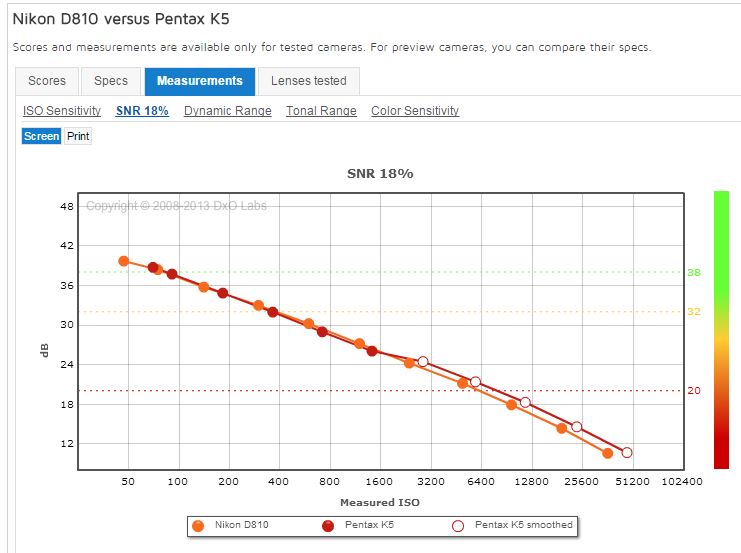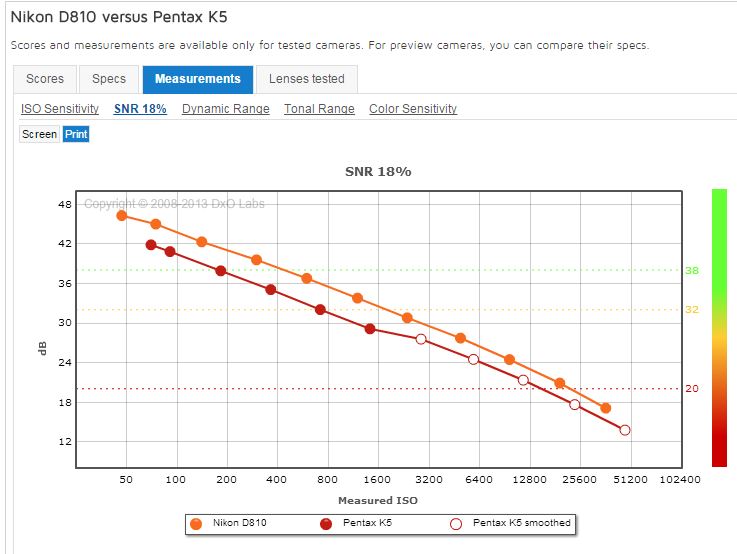 Originally posted by bxf
Originally posted by bxf 
Why do we see references or comparisons of D800/D7000 rather than D800 vs D800 crop-mode? Wouldn't the latter be the obvious comparison?
You are right, and I always talk about D800 in crop mode, but sometimes people have a tin ear to that argument - they think it's tangential to "aps-c vs FF" or whatever the main discussion thread is about. A good % of the time when I bring it up someone says something like "I'm not talking about cropping here" and then the discussion goes off on a different tack as we try to discuss why cropping is pertinent.
 Quote:
Quote: And, all the explanations, that appear obvious to those writing them, do not explain why more light over a larger area improves the quality of a given unit of area, that common sense dictates should not be affected.
It doesn't improve the quality of
a given unit of area, it improves the entire image, because more photons were captured for the same exposure. The resulting image
was created with more light.
Keep in mind that when someone says 'larger sensor gets more total light than smaller,' the same FOV and distance to subject - same "framing" - is being assumed in that comparison. It's assumed that the photographer is shooting the same subject from the same distance at the same exposure.
Ex: Take a portrait at 50mm 1/100s f/2.8 (FF) and one at 35mm 1/100s f/2.8 (aps-c) from the same distance, and the FF image has been created using a larger physical aperture (17.8mm) vs. the aps-c image (12.5mm.) The FF image was created with more total light as a result of that, the
volume of photons that was collected in the frame over the same period of time was higher, and (if the sensors are similar-gen) that image will be less noisy.
.
---------- Post added 11-09-14 at 10:19 PM ----------
 Originally posted by bxf
Originally posted by bxf 
To get the same FOV with the crop sensor, you have to move further away from the subject. Hence the reflected light has longer distance to travel to the camera, which must(?) result in lower intensity, no? But then at the same time, since the FOV is exactly the same, I'd expect the exposure to be the same with crop vs FF. Is this a contradiction, or does the greater distance actually result in "less Total Light"? Or is this thought totally irrelevant crap?
You're introducing other things now - if you move further away from the subject you're reducing the light intensity. That's not what we're talking about.
The same FOV is achieved simply by
using a different FL from the same distance. (You can move away too but you change the light intensity and the comparison can really handicap the aps-c combo, and it's not what's being described in the first place.)


 Similar Threads
Similar Threads 


 )
)











 Post #54 by Dartmoor Dave
Post #54 by Dartmoor Dave








